5. Suspiria (1977)
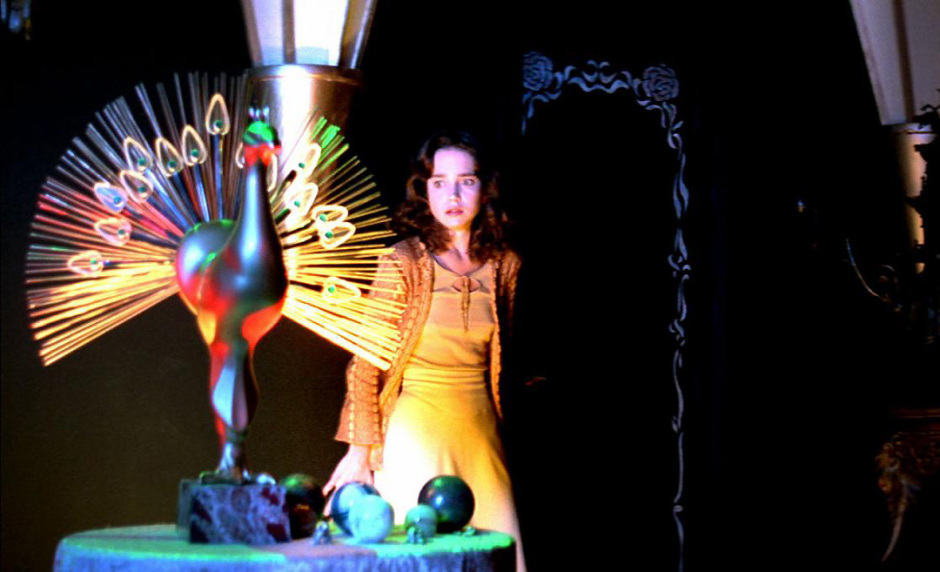
On the subject of giallo, Dario Argento is always sure to be one of the first names mentioned. While Suspiria isn’t a giallo film per se, it works within the staples of the famed Italian genre, making for an operative burst of blinding colors, bad dubbing, and delectably operatic verve. The film puts us in the pointed shoes of American outlier Suzy Bannion, a young ballet student who enrolls into a prestigious dance school located in the misty woodland of rural Germany.
In the opening scene of Suspiria, Suzy takes a cab ride through the pendulous trees, and after what seems like a lifetime, she reaches the exterior of the imposing building. From the rich, gothic textures and Goblin’s menacing music alone, we can already discern that something strange is afoot. The atmosphere oozes panic and paranoia, but the characters she’s yet to meet are in a whole other league. Suzy soon finds out there’s a secret hidden within the walls of this school; an intangible, phantasmagorical energy lurking in the shadows. Luca Guadagnino’s 2018 remake certainly had its virtues, but let’s face it, there’s no recreating the magic of Argento’s female-led, nerve-shattering original.
4. Blood and Black Lace (1964)
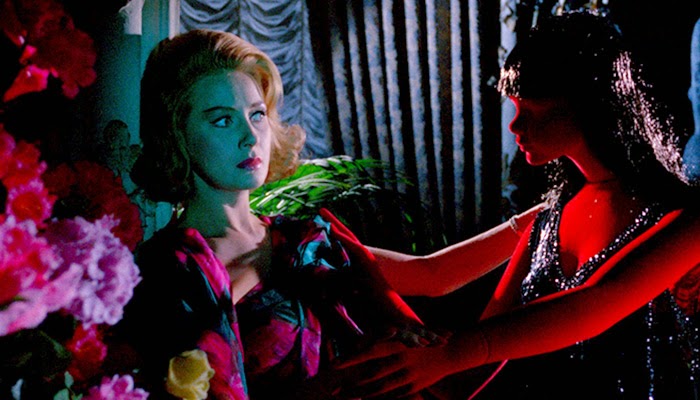
Often credited as the godfather of giallo, Mario Bava’s mark on the medium has proved as long-lasting as that of any director. Whether it’s Black Sunday or A Bay of Blood, Bava’s films singlehandedly paved the way for the genre, influencing Italian maestros such as Lucio Fulci and the aforementioned Dario Argento, as well as those beyond his European parameters, John Carpenter and Brian De Palma, to name a few. Blood and Black Lace is not only recognized as one of the first giallo films ever put to screen, but it’s also an enthralling whodunnit, fueled by a world of wary characters, some of whom we just know are guilty of murder.
Basked in shadowy set designs and blistering neon light, Bava’s conspiracy classic is more than its suspicious exterior, its shimmering photography making it one of the greatest looking movies ever made. Every murder is obscured by mystery, we understand the what, but the why is always yet to be revealed. François Truffaut once famously said of Alfred Hitchcock, “We respect him because he shoots scenes of murder like he shoots scenes of love.” The same applies to Dario Argento’s Suspiria, and it also applies here. Blood and Black Lace is as Hitchcockian as horror gets, reveling in its intensifying menace, refusing to let up on its secrets until it reaches its mind-bending final reveal.
3. Midsommar (2019)
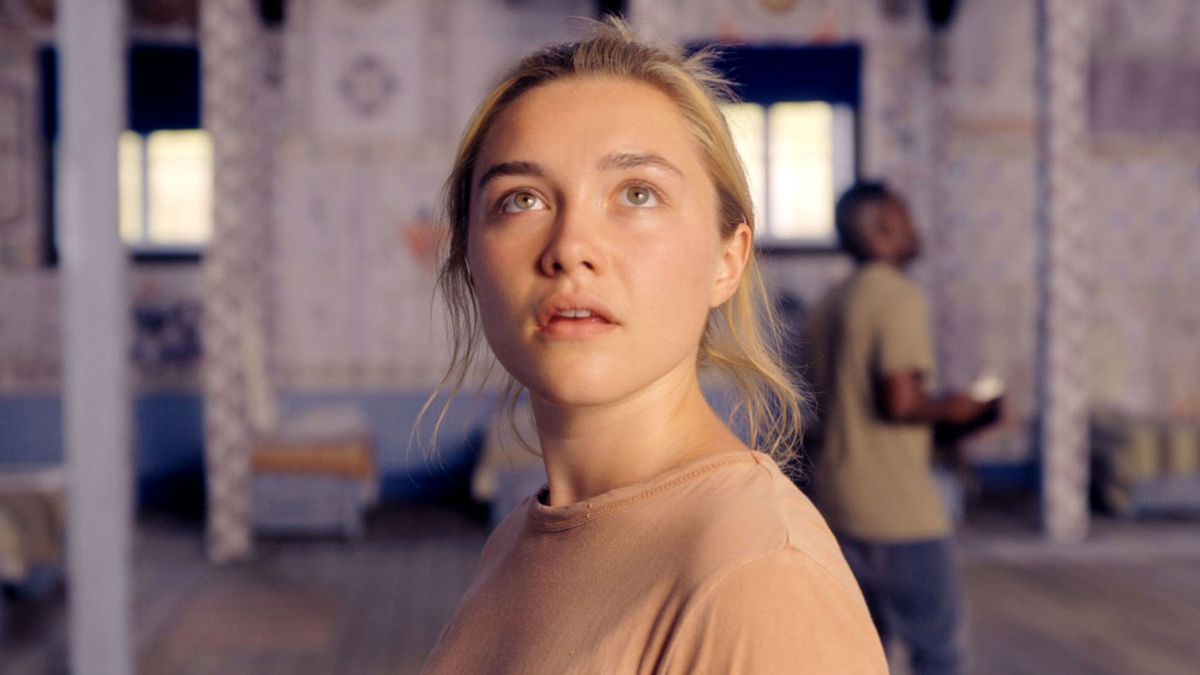
Much like Ben Wheatley’s Kill List, Ari Aster’s second feature is at once a brute-force cult movie, and a stunning homage to Robin Hardy’s iconic masterpiece The Wicker Man. For this reason, and the fact that Aster’s debut feature Hereditary was heralded by critics, Midsommar hasn’t really been given the praise it deserves. Despite its broad range of influences, this is A24 horror at its most original, a daytime fright-fest with conspiracy creeping in from every angle. Just recently, Martin Scorsese included it in a list entitled 40 Films the Director Wants You to See, praising the film for its unforgettable use of formal control and cinematic language.
In a ground-shattering performance from Florence Pugh as the central character Dani, we experience the whole breadth of human emotions, from grief to fear to happiness. Set in a remote community in Sweden, a place in which the sun never sets and the moon never rises, Aster’s ability to evoke terror out of atmosphere alone is enough to leave the average filmgoer breathless. Pugh’s performance is the textbook definition of anxiety, making the experience all the more unsettling to sit through. Director’s Cut or Theatrical Version, Midsommar is one of the greatest conspiracy-horrors of our time, and one of the greatest ‘break-up’ movies ever produced.
2. The Wicker Man (1973)
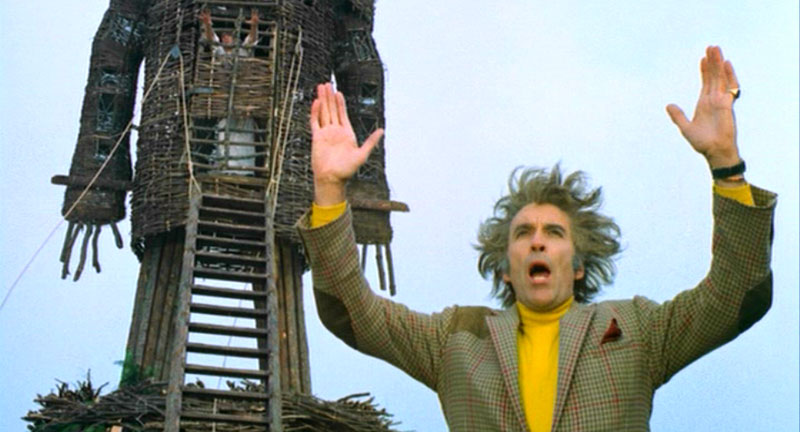
There’s a reason The Wicker Man has already been mentioned multiple times throughout this list, not least for it being one of the most influential horror films of all time. Robin Hardy’s British-made classic blends erotic tension, paranoid terror, and spellbinding folk music into one, genre-transcending bag. Closing in on the mystery of a missing young girl, Edward Woodward’s Sergeant Neil Howie journeys to the desolate Scottish island of Summerisle, a town which at first glance could appear relatively idyllic, but the strangely promiscuous behavior of the locals soon rubs against Howie’s Roman Catholic moral code the wrong way.
As Howie unveils the truth behind the disappearance of the girl, he stumbles upon a devious stratagem helmed by Lord Summerisle, the supreme leader of the community, played by a top-of-his-game Christopher Lee. Summerisle makes a compelling case for the questionable local custom, but Sergeant Howie is cynical enough to see past the veneer, even if his wits can’t seem to keep him out of trouble. In allegorical terms, The Wicker Man is a comment on secularism versus orthodox religion, a highly controversial subject to explore for its time. First and foremost, it’s an aural masterclass of bubbling unease and chanting paganism, an all-out horror-musical as uncompromising as it is unmissable, the likes of which cinema hasn’t seen before or since.
1. Rosemary’s Baby (1968)
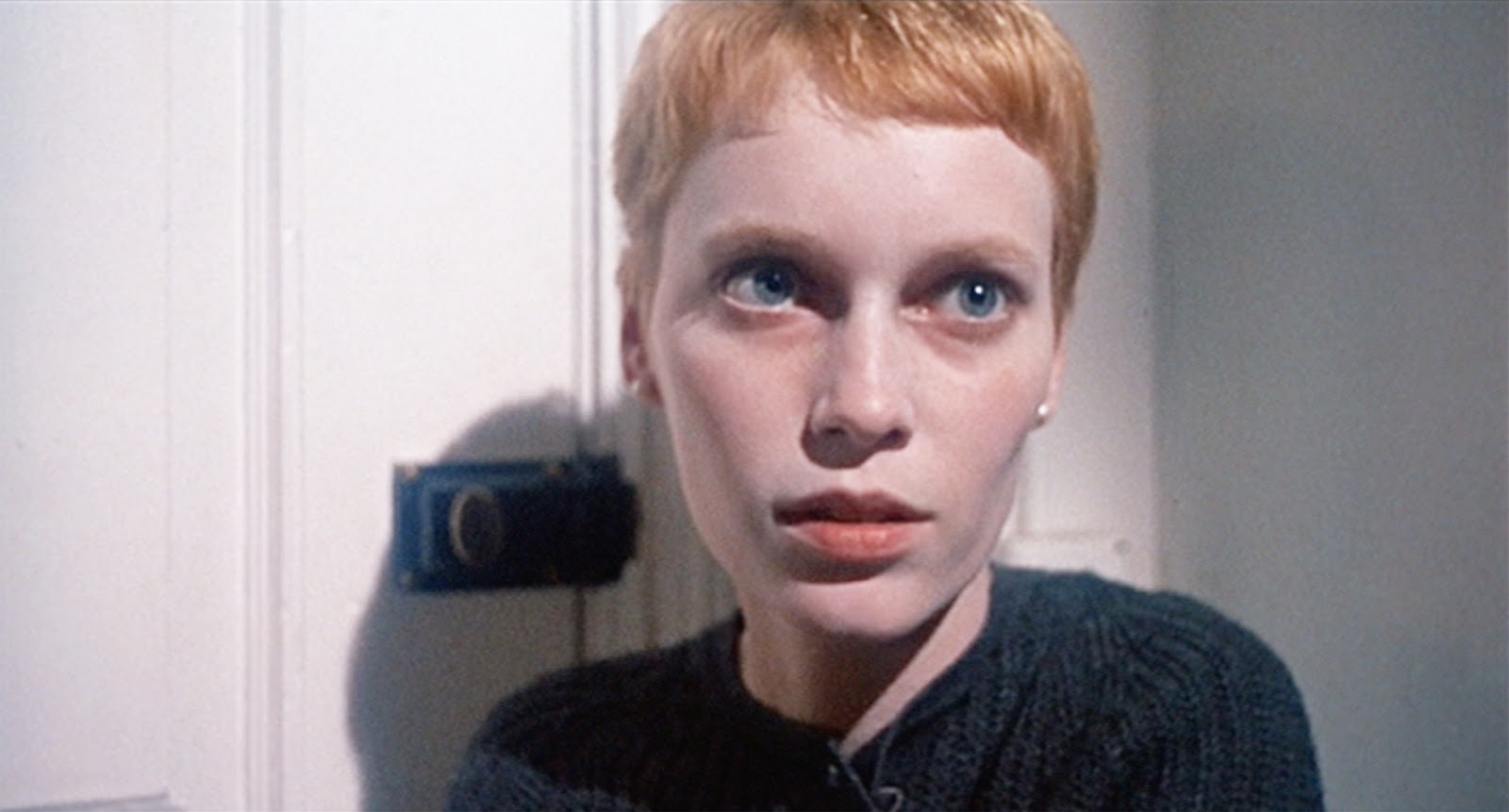
Not much can be said about Rosemary’s Baby that hasn’t already been said before. As conspiracy-horror goes, this is the absolute apex of the subgenre, a peaking point in the iconography of the formula. Say what you will about director Roman Polanski, in the end, it bears little consequence on this timeless tale, of which many other integral artists contributed. With the peerless Ruth Gordon in her Oscar-winning role, Polanski’s film is dappled with the greatest of screen-actors, gloriously seedy performances from Mia Farrow and John Cassavetes only adding to Gordon’s demented gaze.
If it’s not the game-changing performances and tight direction putting us under its spell, it’s the foreboding sense of hysteria, an aspect that tends to be paramount to conspiracy in horror movies. Before we’re even introduced to the characters something feels off, Polanski’s lens drifting watchfully over the neatly stacked roofs of New York City, the opening credits rolling as Krzysztof Komeda’s ghostly music swells in synchronicity with the imagery. From there on, hell slowly ensues, a steadily unfurling plot emerging out of the dark.
Mia Farrow’s Rosemary Woodhouse knows she’s in danger, but the real question is – what from? This murky ambiguity is essential to the film’s potency, validating its deserved reputation as the greatest apartment-thriller in cinema history. In the midst of her first pregnancy, Rosemary couldn’t be more vulnerable, which is precisely what makes her situation so inescapably terrifying. In the end, after uncovering the motives of those who aim to do her and her unborn baby harm, we’re left in a moment of twisted catharsis, and one that lingers for what feels like an eternity. For as much as Rosemary’s Baby can feel like a lullaby, make no mistake, the frights are as fierce as they come, imbued with a hyper-realistic edge that seeps into the viewer’s subconscious via osmosis. This is no dream, and if it was, there’s no shortage of things one wouldn’t do to wake up.